“Exploring Saturn’s Rings with Binoculars” is an intriguing journey into the celestial realm, designed for the enthusiastic stargazer. The article elucidates a simple, yet exhilarating possibility; using everyday binoculars to marvel at the ethereal beauty of Saturn’s rings. Adopting a friendly, conversational tone, it offers an easily navigable guide into the world of telescopes and stargazing.
Circumventing technical jargons, it transforms a seemingly complex topic into an engaging narrative, humanizing the content to emphasise its relevance for the reader. Introducing personal anecdotes and hypothetical scenarios, it allows readers to connect with the experience of viewing Saturn’s rings, inspiring curiosity. The article further accentuates the benefits of indulging in this unique pastime, creating bridges between the readers and their personal space exploration dreams.
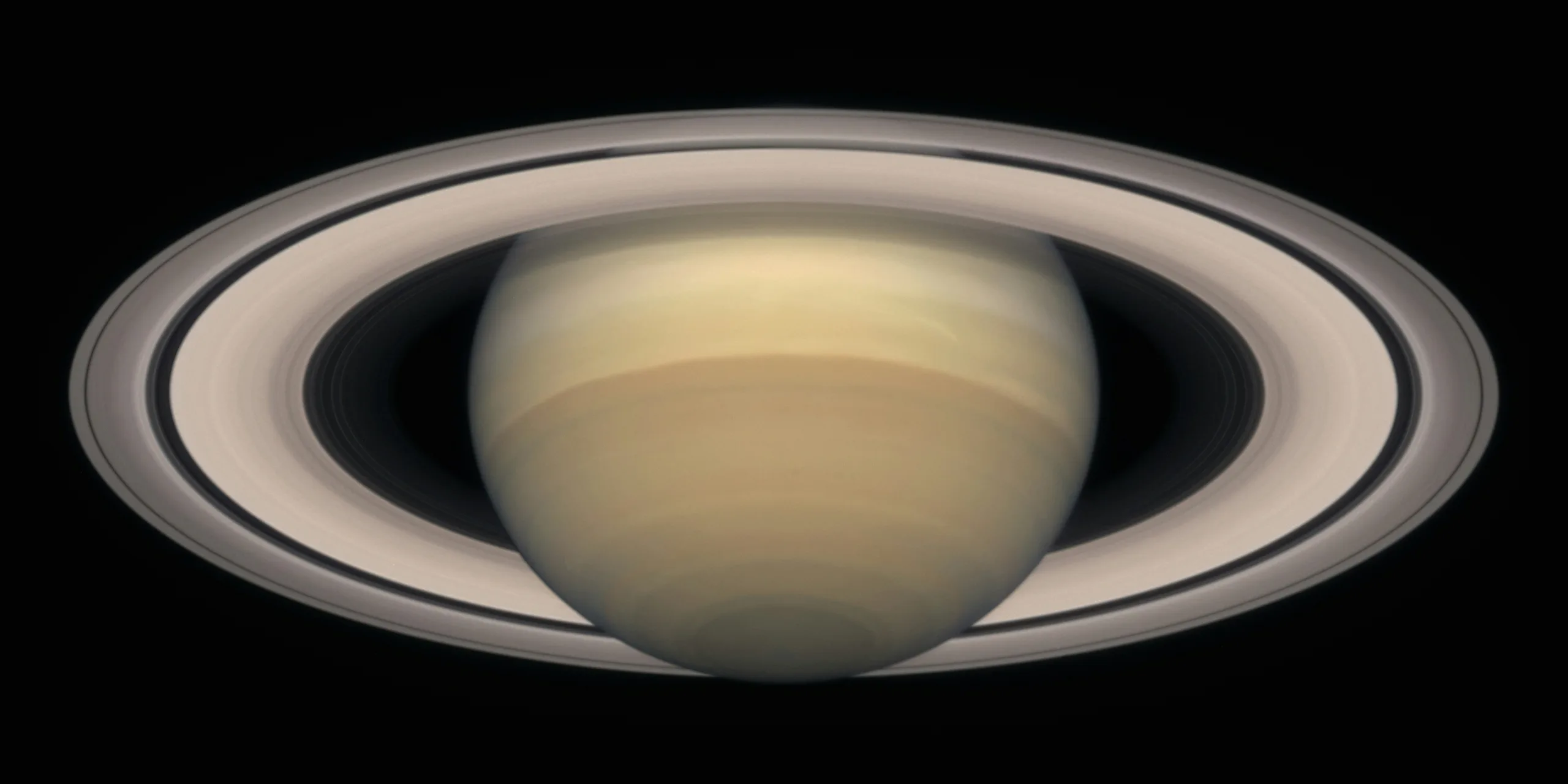
This image is property of images.unsplash.com.
Table of Contents
Understanding Saturn and its Rings
Saturn has long fascinated astronomers and laymen alike, especially due to the mystery of its wondrous rings. Known as the ‘Jewel of the Solar System’, this gas giant presents a captivating spectacle with its unique set of rings that are visible even from Earth. But what exactly are Saturn’s rings made of? And what’s behind their glowing beauty?
Basic knowledge about Saturn and its Rings
Saturn is the sixth planet from the Sun, and it’s best known for its visually striking ring system. These rings are made up predominantly of ice particles, with smaller amounts of rocky debris and dust. From our planet, the rings appear as a thin line crossing the planet, but they’re actually wide and sprawling when seen up close. A sight that would have you ask, “Can I see Saturn’s rings with binoculars?” It’s a remarkable sight for any explorer of the night sky.
The Structure of Saturn’s Ring: A, B, and C Ring
Saturn’s rings are designated as A, B, and C rings, from the outermost to innermost. The A and B rings are separated by a noticeable gap known as the Cassini Division, while the C ring is faint and often difficult to observe. Each ring has its individual formation and structure, adding an array of complexity to Saturn’s image.
Formation and Composition of Saturn’s Rings
While the origin of Saturn’s rings is still a matter of speculation among scientists, one popular theory suggests these rings formed from the icy debris of comets, asteroids, or shattered moons that orbited too close to the planet. This theory resonates with their composition – a swell of tiny icy particles and rocks, each orbiting the planet like a tiny moon.
Observable Features of the Rings
Viewing the rings of Saturn is a rewarding experience. When observed with the right equipment, like good-quality binoculars, the rings can be seen as a fine line bisecting the planet. With closer observation, you could even make out the gaps between the rings.
Choosing the Right Binoculars
So, with our curiosity piqued and our destination set to Saturn’s rings, what is the vehicle that will get us there? The answer – binoculars. Here’s a guide on choosing the right gear for your exploration.
Overview of Different Types of Binoculars
Not all binoculars are created equal. Some designs are particularly suited for astronomical viewing, such as the Porro-prism and Roof-prism binoculars. Higher magnification binoculars with light gathering abilities are ideal for observing celestial objects.
Important features to consider when buying Binoculars
When buying binoculars for stargazing, consider factors such as magnification, lens diameter, field of view, and weight. Knowing these features will lead to a more informed decision and a more enjoyable stargazing experience.
Factors influencing the performance of binoculars
Various factors can affect the performance of your binoculars. These include the quality of the optics, lens coating, the steadiness of your hand, and external conditions such as light pollution and weather.
Exploring Saturn’s Rings with Binoculars
Setting up and Adjusting Binoculars
Setting up your binoculars correctly can significantly enhance your viewing experience. Here’s how to do it.
Positioning of Binoculars for optimal view
Contrary to popular belief, cranking up the magnification to the highest isn’t the best way to view distant objects. Maximum magnification often leads to image shaking. Instead, find an optimal level where details are heightened while minimizing shaking. Also, use a tripod for stability.
How to correctly adjust Binoculars
Adjusting binoculars for individual use is crucial. First, set the distance between the eyepieces to match the distance between your eyes. Next, start with low magnification and then gradually increase until the object is clear and easy to observe.
Time, location and conditions for observation
The best time to observe Saturn, and especially its rings, is when it’s at opposition. This is when Saturn is at its nearest to Earth and fully illuminated by the Sun. A dark, clear sky, away from light pollution, will offer the best viewing conditions.
Viewing Saturn’s Rings: A Step-by-Step Guide
Now that we have our binoculars ready, let’s embark on our voyage to Saturn’s rings.
Identifying Saturn in the night sky
Finding Saturn in the night sky is the first milestone in our journey. It’s easily visible to the naked eye and it has a distinctive pale-yellow hue. You can use a star chart or a sky-gazing app to make locating it easier.
Is it possible to see Saturn’s rings with binoculars?
“Can I see Saturn’s rings with my binoculars?” you might ask. The answer is Yes! With binoculars that have at least 10x magnification, you’ll be able to see Saturn’s rings. However, for the best views, consider binoculars with 20x to 25x magnification.
How to make out the rings of Saturn
Once you have Saturn in sight, adjust the focus on your binoculars until the planet comes into view as a small, bright disk, with the rings appearing as thin lines crossing the planet.
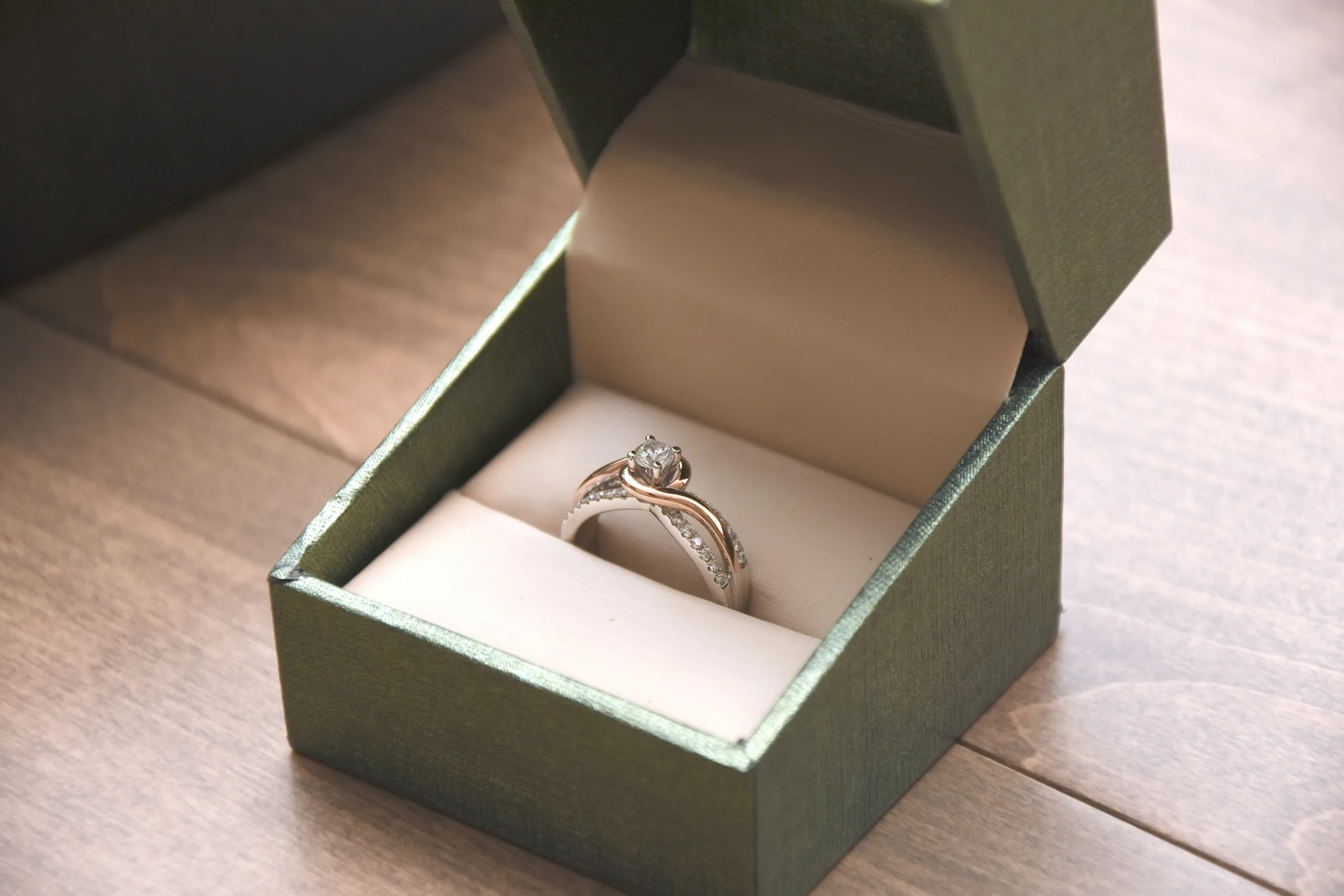
This image is property of images.unsplash.com.
What to Expect When Viewing Saturn’s Rings with Binoculars
What will Saturn and its rings look like through your binoculars? Let’s set some expectations.
The Resolvability of Saturn’s Rings through Binoculars
With a good pair of binoculars, Saturn’s rings will appear as a thin, steady line bisecting the planet. On nights of favorable viewing conditions, you may also make out the gap between the A and B rings.
The possible colors and shapes seen
Saturn’s body gives off a yellowish-white light, while the rings, due to their icy composition, reflect a subtle, creamy hue. The beauty of this spectacle is further enhanced when set against the velvety blackness of the night sky.
The Differences between Telescope and Binocular observation
While telescopes do provide better magnification, binoculars offer a wider field of view and are more portable. Plus, the perception of depth and three-dimensionality afforded by binoculars adds a unique perspective to your skygazing experience.
Record keeping and Logging Observations for Future Reference
Keeping a record of your observations not only documenting your personal discoveries but also helps identify patterns and improve your observation skills.
Importance of maintaining a log
Maintaining a log of your observations is a great way to track your progress and make comparisons over time. Plus, it can be fascinating to look back on your earliest observations as your knowledge and skills grow.
How to document what you see
Keep notes of date, time, location, equipment used, weather conditions and the positions of celestial objects. A detailed description or sketch of what you’re seeing can be extremely valuable.
Best practices for record keeping
To ensure consistent and useful observations, log your observations immediately while details are still fresh in your mind. Be as detailed as you can, and don’t forget to jot down any particular challenges or successes you had.
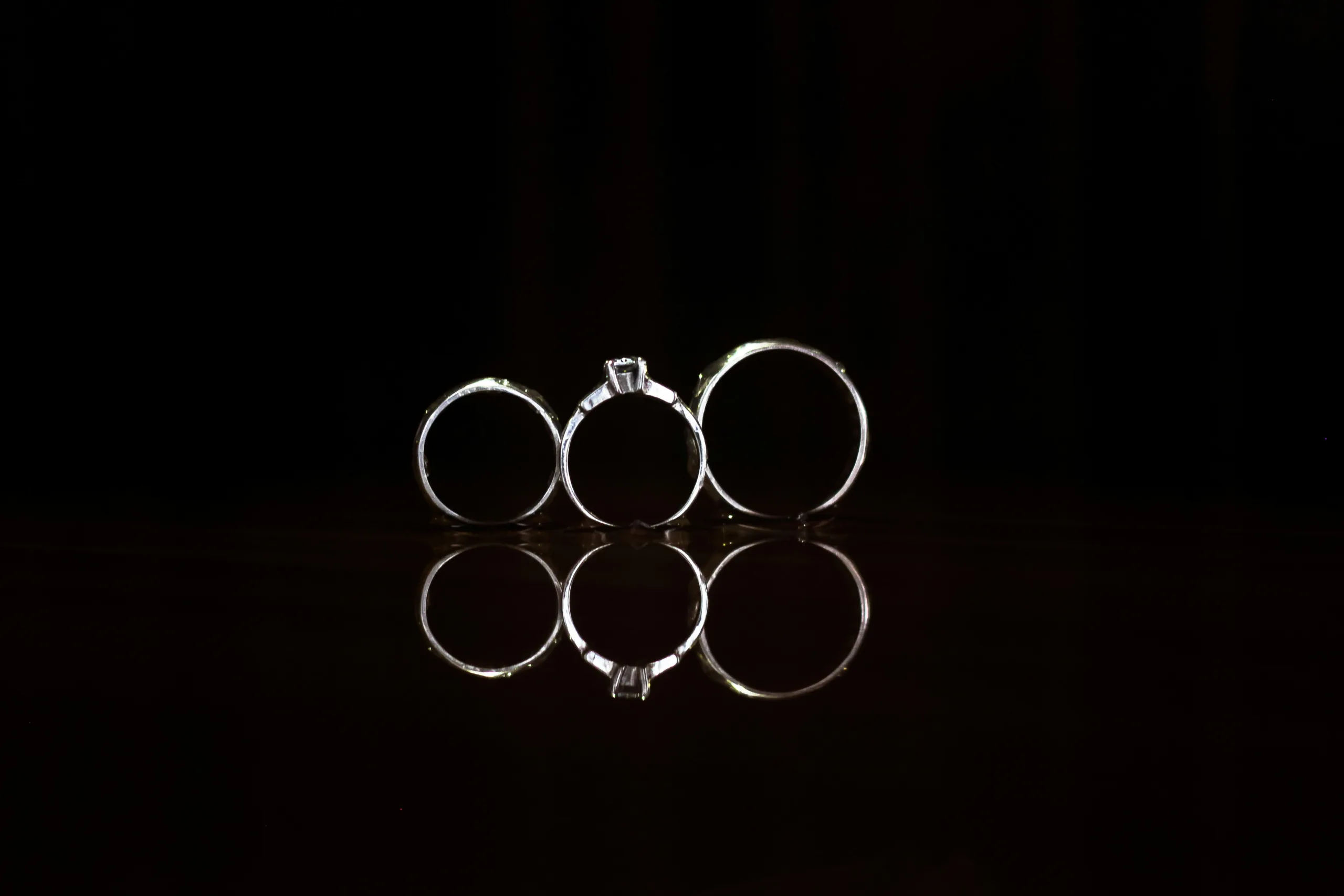
This image is property of images.unsplash.com.
Safety Tips While Observing Saturn’s Rings with Binoculars
Safety first, even while stargazing!
Precautions to prevent eye strain and injuries
To prevent eye strain, adjust the binocular focus correctly, keep observations limited to short periods and allow your eyes time to adjust to the darkness.
Importance of regular breaks
Take frequent breaks during observations. This prevents eye fatigue and helps maintain your night vision.
Alternatives to Binoculars when Observing Saturn’s Rings
While binoculars do offer a feasible option for the amateur astronomer, other tools can unveil the deeper secrets of Saturn’s rings.
Advent of Telescope
The telescope, since its invention, has been an indomitable tool for celestial observation. With greater magnification and resolution capabilities, telescopes present a more detailed view of Saturn’s rings.
Advantages of using telescope over binoculars
Telescopes, especially those equipped with large aperture sizes and high magnification, allow deeper exploration of celestial bodies. They can reveal more intricate details about the space objects, boundaries of Saturn’s rings and even some of its moons.
Other stargazing equipments
Aside from binoculars and telescopes, tools like star charts, planispheres, sky-gazing apps, and astrophotography equipment can enhance your stargazing experience.
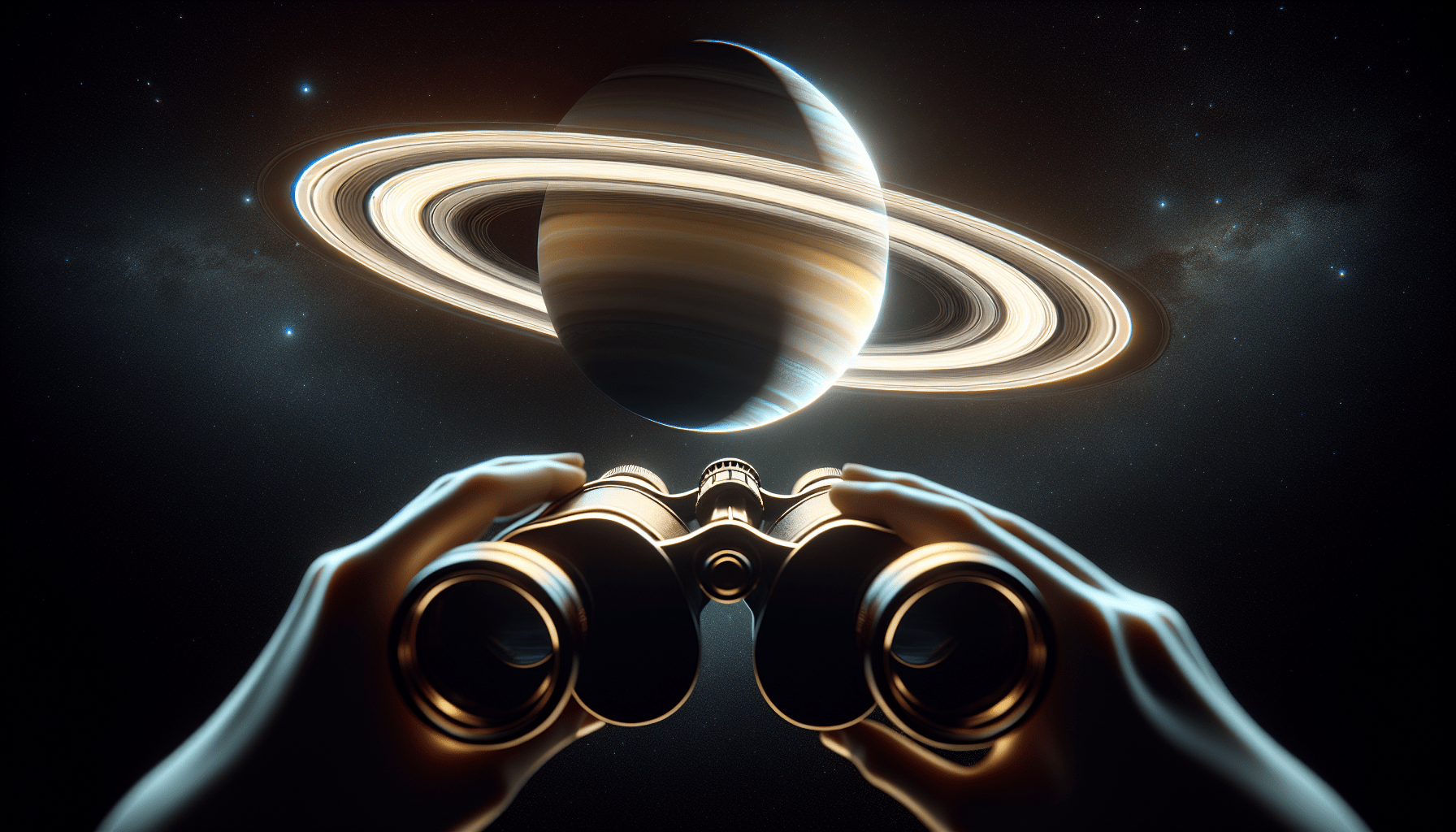
User Experiences and Anecdotes
Exploring the night sky and sharing discoveries can be a social, as well as a personal, experience.
Sharing of personal Sightings of Saturn’s Rings
Stargazers around the globe share a mutual excitement when they first discern Saturn’s rings through their binoculars. These stories of personal sightings might just inspire others to give it a try.
Incorporating user-generated content
Including user-generated content such as photos, sketches and personal anecdotes of viewing Saturn’s rings can provide diverse perspectives and engage a wider community.
Turn Stargazing into a Social Event
Stargazing can be even more enjoyable when shared with others.
Organizing viewing parties
Arrange for meet-ups or viewing parties with fellow stargazers. Whether this is with a group of friends or with a local astronomy club, shared experiences can add to the enjoyment.
Sharing your hobby – Fun knowledge to share with friends
Impress your friends with fun facts about Saturn and its rings, and introduce them to the exciting world of stargazing. Who knows, maybe they’ll get inspired and you’ll have a new stargazing companion.
Become a part of the community
Join local astronomy clubs or online forums. Participate in discussions, share your observations and learn from the experiences of others.
Stargazing is as much about the journey as it is about the discovery. And Saturn’s rings, with their ethereal beauty, make for a compelling destination. So, fetch your binoculars, gear up and under the guide of a clear night sky, venture forth to explore the wonders of the cosmos.
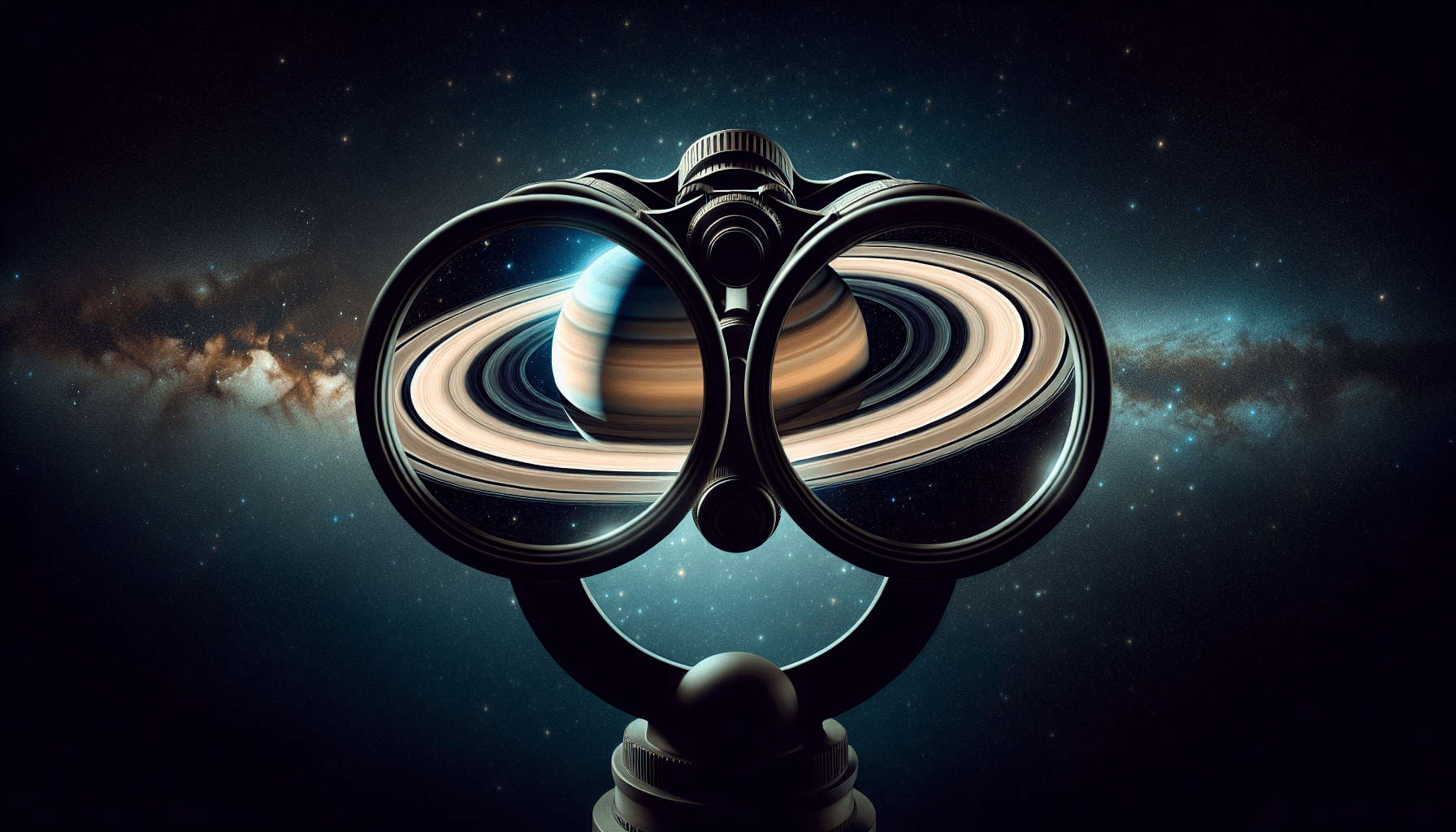
Related site – Saturn’s rings: Top tips for seeing those glorious rings
